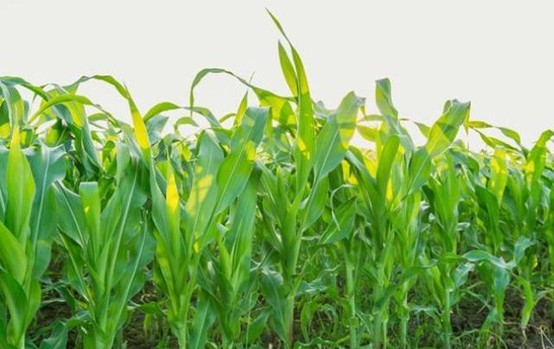Challenges
High temperature has recently hit many places in China and meteorological authorities have predicted frequent rainfall for North China and South China and lasting high temperature for regions to the south of the Yangtze River as well as the Sichuan Basin over the next 10 days. Currently, summer maize in the Huanghuaihai region has entered the tasseling and silking period, a period crucial to pollination and seed setting and a period when the maize plants are sensitive to high temperature, drought and other unfavorable climatic conditions. Meanwhile, spring maize in the north and summer maize in the south and the southwest of the country have successively entered the grain filling period, a period of dry matter accumulation and yield formation. This technical solution is hereby formulated to enhance maize field management and improve the abilities to respond to risks of flood and drought.

Measures
Make contingency plans to provide guidance by category.
To effectively respond to adverse climatic conditions, a high incidence of extreme weather events and the risk of severe floods and droughts during the flood season, efforts must be made to prepare contingency plans, disaster relief supplies, and detailed technical plans for disaster prevention and control. Agricultural conditions vary greatly in north and south China. While paddy fields that are kept flooded with water are common in the regions south of the Qinling Mountains and the Huaihe River, there are mostly unflooded fields for other plants in the north. Accordingly, in the north, meteorological monitoring should be strengthened and preparation should be made for the prevention and control of the damage caused by early frost and cold and for early ripening and harvest. For the Huanghuaihai region, and the southwest and south regions, efforts should be made to forecast, warn against, and effectively prevent and control natural disasters such as heat, drought, flood and typhoon.
Irrigate and drain properly and assist with pollination.
Land plots hit by drought should be irrigated in a timely manner to ensure appropriate soil moisture and avoid the simultaneous occurrence of heat and drought. In areas likely to be hit by lasting high temperature, where conditions permit, water can be sprayed on the leaf surface to lower the temperature. For the northern part of the Huanghuai region and the southern part of northeast China, more efforts need to be made to drain water and reduce waterlogging mainly by dredging water ditches and keeping all irrigation and drainage facilities unobstructed. Once waterlogging occurs, the fields must be drained promptly and plowing can be done to let soil moisture out where possible. In the Huanghuaihai region, measures should be taken to ensure the best possible conditions during the key periods of tasseling, silking and pollen dispersion. Where high temperature and/or lasting rainfall is likely to hit and affect the quality of pollination and seed setting, assisted pollination should be arranged in a timely manner. Specifically, one option is to fly drones at a height of three or four meters above the top of the maize plants from 9 a.m to 11 a.m., the peak hours for pollen dispersion, to spread pollen grains farther and increase the pollination and seed setting rate.
Reasonably apply additional fertilizer for multiple benefits.
For maize fields before tasseling, additional panicle fertilizer should be applied in a timely manner, usually about 20 kg of urea plus an appropriate amount of potassium fertilizer. Where there are facilities for integrated irrigation and fertilization, additional fertilizer can be applied in several rounds, and for high-yielding land plots, a higher amount may be used when appropriate. For soaked and submerged fields, timely fertilization, with an appropriate combination of nitrogen and potassium fertilizers, should be done to replenish soil nutrients. Pesticides can be applied after 5 p.m. to lower the temperature and reduce damage, provide sufficient nutrition, control pests and increase grain weight.
Ensure sound monitoring and early warning and coordinate the prevention and control efforts.
Given the fact that there might be more rainfall and higher soil moisture than usual in the early stage in some areas, prevention needs to be emphasized and coordinated prevention and control measures need to be taken. These measures include keeping the pest populations small in the early stage, maintaining low disease indicators, using different types and dosages of pesticides in a reasonable combination, and using drones for pest and disease control in a timely manner when necessary, so as to enhance the effectiveness of targeted efforts. Special attention needs to be paid to the prevention and control of southern rust, stalk rot, Spodoptera frugiperda and other major pests and diseases with fast outbreak and severe hazards.
Category
Technical Solution for Maize Heat Damage and Waterlogging Prevention and Control
Contributor
Technical Solution for Maize Heat Damage and Waterlogging Prevention and Control
Country
Technical Solution

